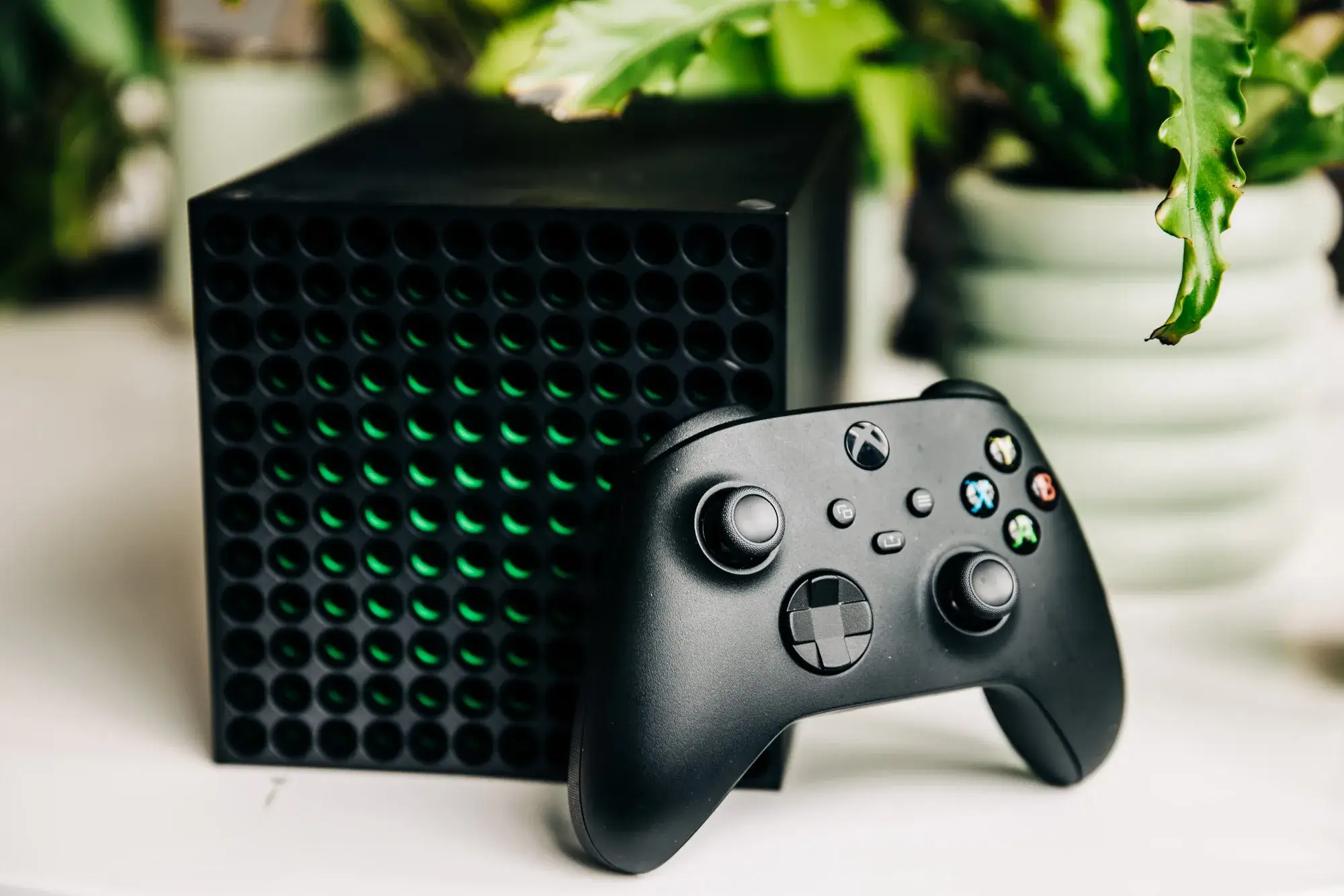Swiggy Instamart is currently navigating a critical phase marked by intensifying competition in India's burgeoning quick commerce sector. CEO Sriharsha Majety is keenly focused on strategies to not only maintain Instamart's position but also drive sustainable growth and profitability.
The Competitive Landscape
The quick commerce market in India is experiencing rapid growth, attracting significant investments and new players. Blinkit, owned by Eternal (formerly Zomato), currently leads the market with a market share of roughly 40%, followed by Instamart at approximately 32%. Zepto has also emerged as a strong contender, increasing its market share. The entry of e-commerce giants like Flipkart and Amazon, along with increased focus from JioMart and BigBasket, has further intensified the competitive pressure. This heightened competition has led to increased customer acquisition costs and higher customer incentives, impacting the contribution margins for players like Instamart.
Majety's Strategic Pillars
Despite the tough environment, Majety remains confident in Instamart's future. His strategy revolves around several key pillars:
- Focus on Sustainable Growth: Majety has emphasized the need to "modulate investments towards the long-term health of the business for sustainable GOV (gross order value) growth". This suggests a shift from a pure growth-at-all-costs approach to a more balanced strategy that prioritizes profitability.
- Leveraging Existing Infrastructure: Swiggy is banking on operational leverage from its existing infrastructure to drive profitability. The company believes its current network of dark stores is sufficient to significantly increase gross order value without substantial further capacity additions.
- Increasing Average Order Value (AOV): A key focus is on increasing the average order value, driven by initiatives like Max Saver, which encourages larger, bundled purchases. Swiggy aims to capitalize on the trend of consumers allocating a larger share of their household spending to quick commerce platforms, including higher-margin, non-grocery categories.
- Expanding and Optimizing Dark Stores: Instamart is expanding its network of dark stores, including the introduction of "megapods" in major cities. These larger facilities can house a significantly wider range of products (up to 50,000 SKUs) and aim to deliver groceries within 10 to 30 minutes. The company is also upgrading its existing smaller stores with larger formats to accommodate more products.
- Prioritizing Household Needs: Swiggy Instamart is focusing on household consumption products and immediate-use items, differentiating itself from competitors with a broader focus. The platform aims to cater to the essential needs of households, with plans to diversify into other relevant categories.
- Geographical Expansion: Instamart has been rapidly expanding its reach to Tier II and Tier III cities, recognizing the significant demand for quick commerce in these underserved markets. This expansion is supported by a growing dark store network. In March 2025, Instamart expanded its offerings to 100 cities.
- Technological Enhancements: Swiggy is investing in technology, including AI, to optimize its operations and reduce costs.
Challenges and Opportunities
Despite these strategic initiatives, Instamart faces several challenges:
- Intense Competition: The quick commerce market remains highly competitive, with multiple well-funded players vying for market share.
- Profitability Concerns: Achieving profitability in the quick commerce segment remains a key challenge. Instamart's contribution margins have been affected by increased competition and growth investments.
- Market Share: Instamart has faced some market share erosion in the face of Zepto's growth, although recent data suggests Instamart has been regaining ground.
- Cash Burn: Analysts have expressed concerns about Instamart's cash burn rate.
However, the long-term opportunity in the Indian quick commerce market remains substantial. The market is projected to reach $100 billion by 2030, driven by increasing demand for convenience and rapid delivery. Swiggy, with its established brand, extensive network, and strategic focus, is well-positioned to capitalize on this growth.
Recent Developments
- Instamart launched a standalone app to provide users with a more direct and convenient experience.
- Instamart dropped the "Swiggy" name from its branding, signaling its evolution into a standalone brand.
- Swiggy is aiming for Instamart to achieve contribution margin breakeven between December 2025 and June 2026.
By focusing on sustainable growth, optimizing its operations, and catering to the evolving needs of Indian consumers, Swiggy Instamart aims to navigate the current competitive landscape and emerge as a leading player in the quick commerce revolution.















